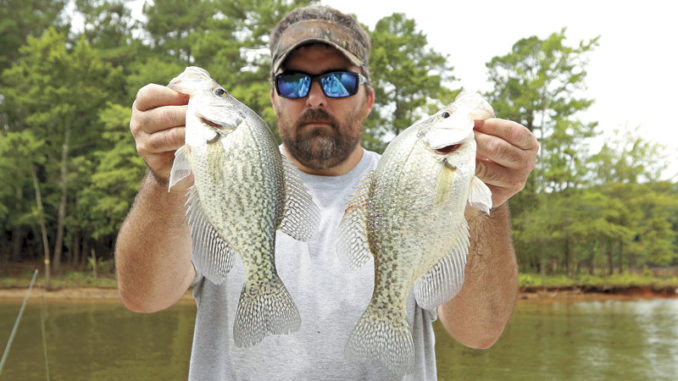
Falling for crappie on Jordan Lake


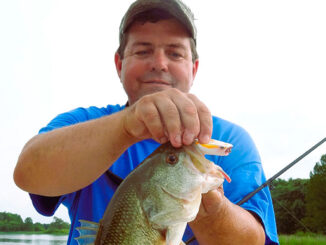
During May, anglers can expect hot action from just about every species of fish that swims in the Santee Cooper lakes. […]
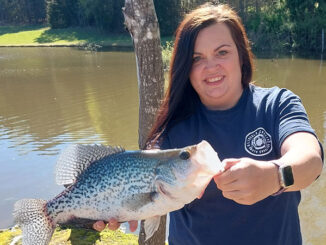
Jessica’s big slab crappie of Harkey’s Taxidermy in Vale. […]
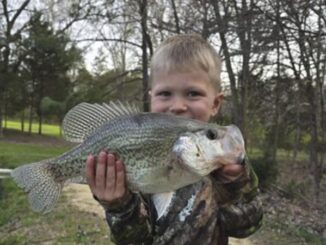
Owen Massey from Pittsboro, NC caught this giant crappie from his backyard pond on March 25, 2024! He caught this off his new worm selection. […]
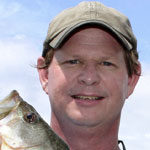
Copyright 1999 - 2024 Carolina Sportsman, Inc. All rights reserved.
Be the first to comment